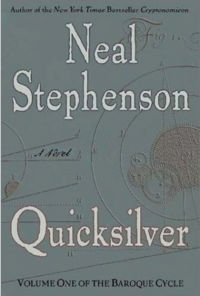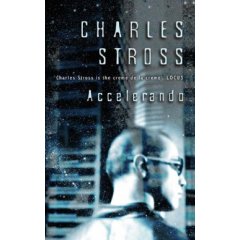March is turning out to be a bad month for geeks around the world. Gary Gygax, co-creator of Dungeons & Dragons, died earlier this month and Arthur C. Clarke, one of few remaining writers from the Golden Age of science-fiction and the last of the “Big Three”, has just died today at the age of 90. These days, the media remembers Clarke mostly for his collaboration with Stanley Kubrick on 2001: A Space Odyssey, predicting the concept of geosynchronous communications satellites before the technology for them became possible and for the often used quote that any sufficiently advanced technology is indistinguishable from magic.
For me however, Clarke’s most memorable work was Childhood’s End, a novel about humanity transcending itself. It’s also the only one of my novels that my mother liked. Growing up, I had piles of science-fiction and fantasy novels lying all around the place and my mother would occasionally pick one up and flip through it. Most of the time, she never got past the first page. To my surprise, not only did she finish reading Childhood’s End, afterwards she asked me, “I liked that one. Do you have any more like it?”
Childhood’s End had captured my imagination ever since I’ve read an extract of it published as a short story in a collection edited by Isaac Asimov, another one of the “Big Three” writers, who died in 1992. It was collections like this that convinced me that the true soul of science-fiction, as the literature of ideas, lies not in novels but in short stories. I also remember the palpable awe that I felt when I first read Clarke’s Rendezvous with Rama. Nowadays, gigantic spaceships in space is an overused theme, but Rama was one of the first examples of it and Clarke’s words captured the huge scale of it in a way that no other author has been able to replicate since.
Clark’s later life in Sri Lanka was blighted by allegations of pedophilia that has been proved to be false and although he tried to continue writing, he never could quite keep up with the new crop of writers. Nevertheless, his place in the history of science-fiction is assured and he will be forever remembered.


